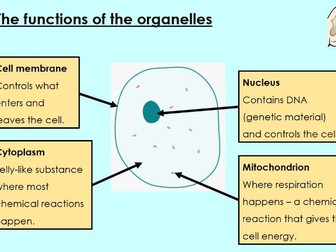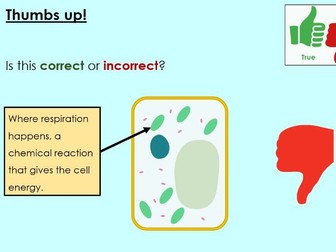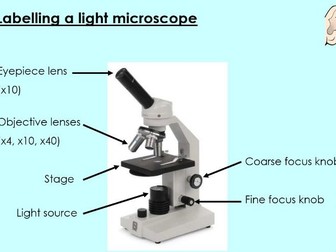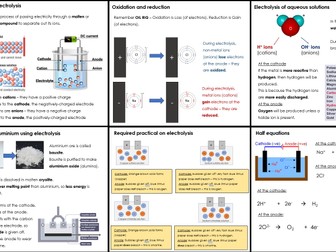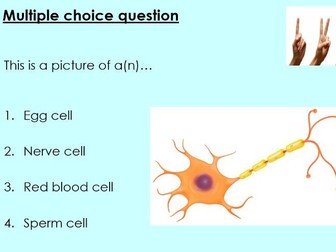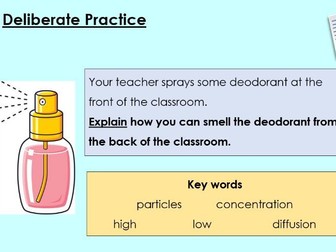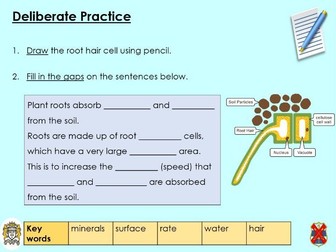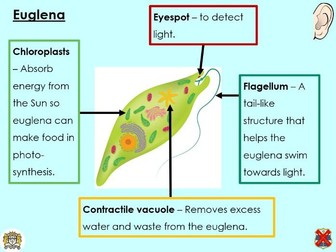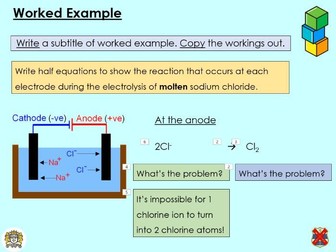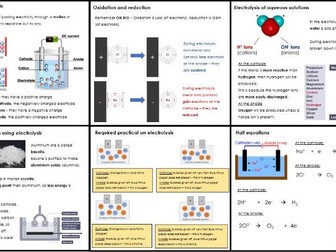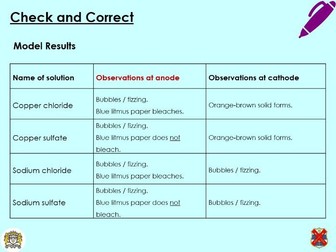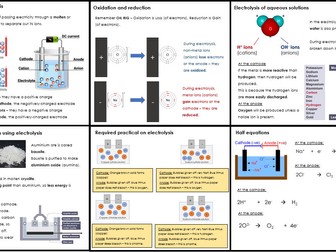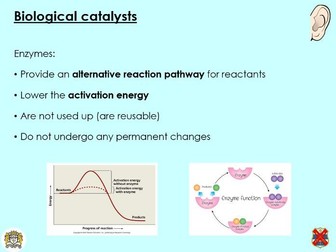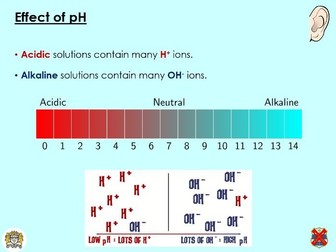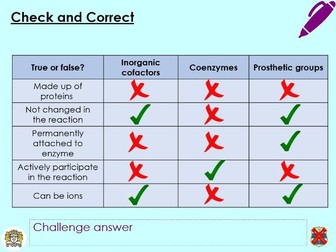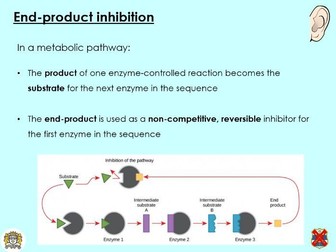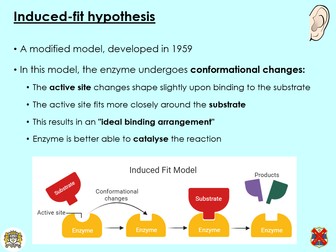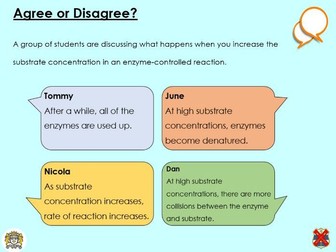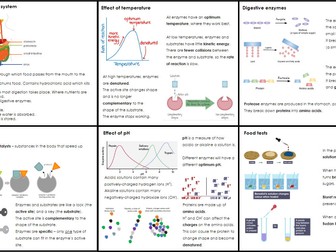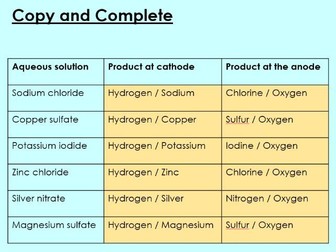
Y7 Activate - Animal cells
This lesson is designed for a year 7 class studying the KS3 Activate curriculum.
This lesson is focused on the structure of animal cells.
From this lesson, students should be able to:
Label an animal cell (cell membrane, cytoplasm, mitochondria, nucleus)
Describe the function of each of the above organelles
All of my lesson resources contain:
A 5-in-5 retrieval-style starter
An interesting lesson hook, careers link, or retrieval practice to start the lesson
Teacher input slides with dual coding and reduced cognitive load
Teacher models
Regular ‘check for understanding’ slides, such as hand signals quizzes
Regular student independent practice slides, with optional scaffolds, challenges and answer slides
A plenary task
